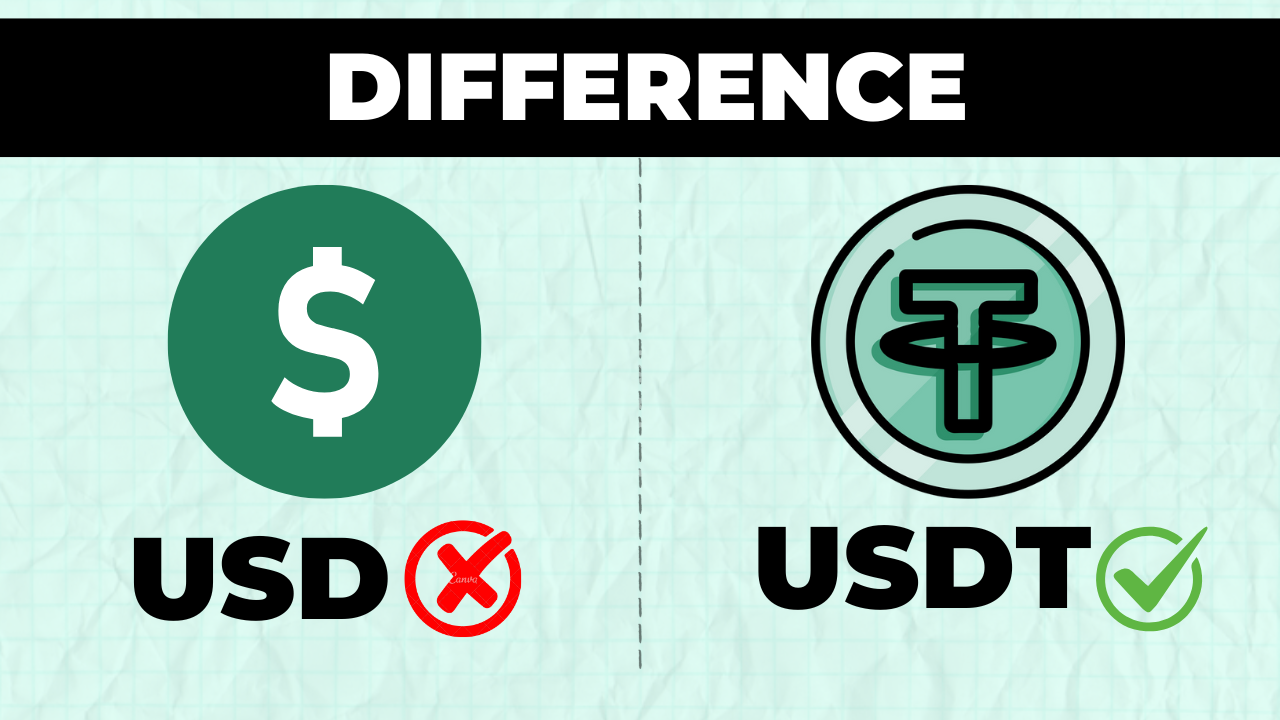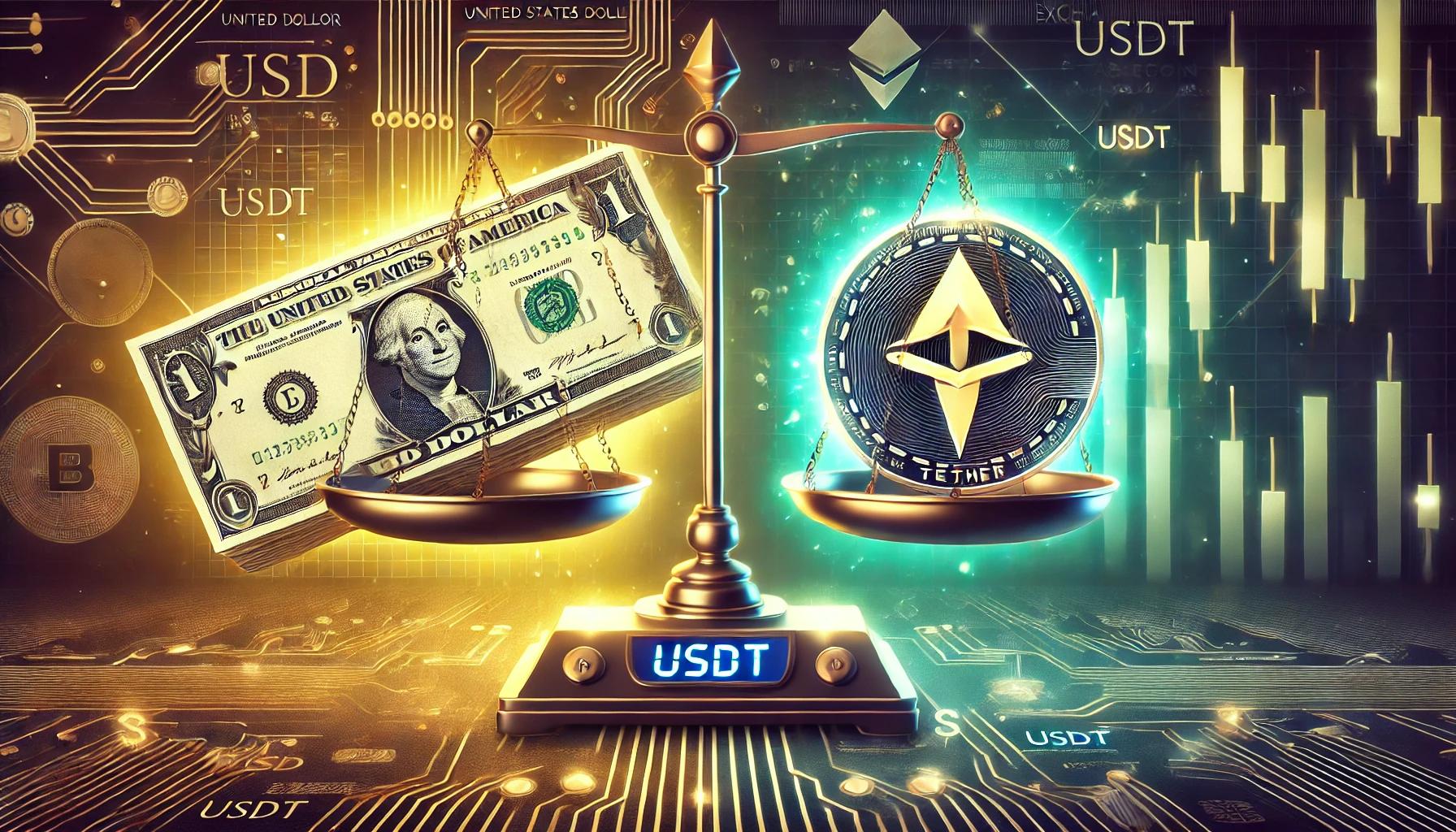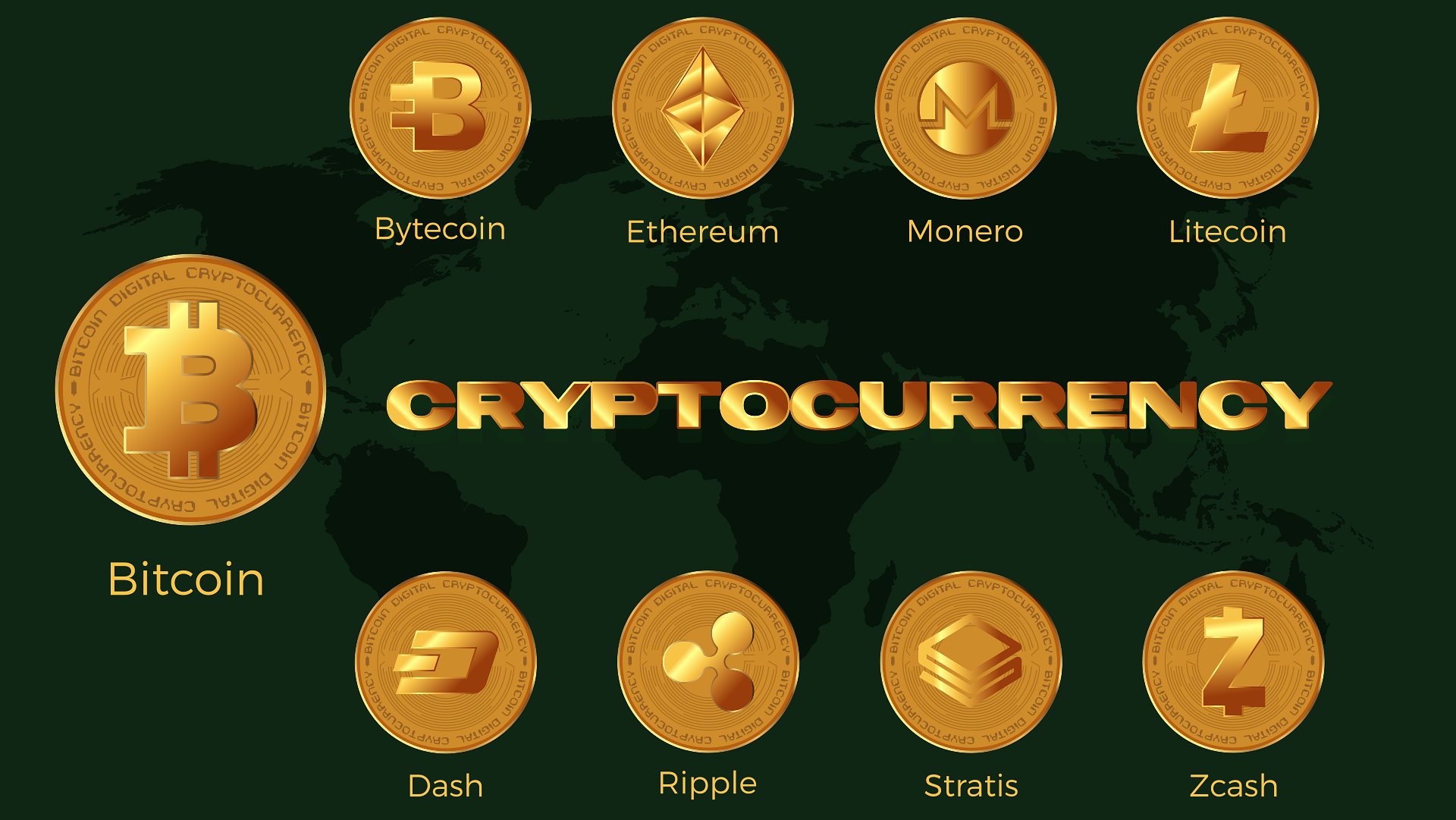On April 30, 2025, ProShares will introduce three exchange-traded funds (ETFs) centered on XRP, following approval from the SEC (Securities and Exchange Commission).
This launch represents a major step toward integrating cryptocurrency into traditional financial systems.
The ETFs—ProShares UltraShort XRP ETF, ProShares Ultra XRP ETF, and ProShares Short XRP ETF—will provide investors with leveraged and inverse exposure to XRP via futures contracts rather than direct ownership. Coming on the heels of Ripple’s legal settlement with the SEC, this development may enhance XRP’s adoption, though the leveraged nature of these ETFs introduces significant risks for investors.
Key Points
- ETF Types: Leveraged (2x) and inverse (-1x, -2x) ETFs based on XRP futures.
- Launch Date: April 30, 2025.
- Regulatory Context: Enabled by Ripple’s resolution of SEC legal issues.
- Market Impact: Potential to boost liquidity, though leverage may increase volatility.
- Investor Caution: High-risk products due to amplification of gains and losses.
Table of Contents
What Is XRP?
XRP is a digital currency that powers quick and low-cost cross-border payments. Unlike Bitcoin, which relies on mining and a decentralized network, XRP uses a special consensus mechanism. This means transactions are processed faster—often in just a few seconds—and use less energy. It’s built to help banks and financial institutions move money across borders more efficiently.
How Does It Work?
XRP acts as a bridge currency in Ripple’s payment network. Imagine you need to send US dollars (USD) to someone who wants euros (EUR). Instead of a slow, expensive bank transfer, XRP can be used as an intermediary: USD converts to XRP, then XRP converts to EUR. This process cuts down both time and fees, making it a favorite for international payments.
Understanding the ProShares XRP ETFs
ProShares, a prominent ETF provider, is rolling out three distinct XRP-focused ETFs:
- ProShares UltraShort XRP ETF: Targets twice the inverse (-2x) daily performance of XRP futures.
- ProShares Ultra XRP ETF: Aims for twice (2x) the daily performance of XRP futures.
- ProShares Short XRP ETF: Seeks inverse (-1x) daily performance of XRP futures.

These ETFs rely on futures contracts and swaps rather than holding XRP directly, aligning with regulatory standards and broadening access for traditional investors. More details can be found on the ProShares website.
What Is ProShares?
ProShares is a company in the United States that creates ETFs (Exchange-Traded Funds).
These are special investment products that you can buy and sell just like stocks.
ProShares makes different types of ETFs – some go up when the market goes up (called “Ultra”), and some go up when the market goes down (called “UltraShort”).
They also offer ETFs focused on specific sectors like technology, finance, or industry.
What are ETFs?
An Exchange-Traded Fund (ETF) is a type of investment fund traded on stock exchanges, similar to stocks, holding assets like stocks, bonds, commodities, or cryptocurrency futures. For cryptocurrencies, ETFs provide exposure without direct ownership, addressing regulatory and custody challenges.
Significance of the Launch
The introduction of these ETFs carries several important implications:
- Regulatory Clarity: The SEC’s approval follows Ripple’s legal settlement, removing key obstacles for XRP-related financial products.
- Institutional Interest: These ETFs may draw institutional investors, enhancing XRP’s market liquidity.
- Market Precedent: The success of Teucrium’s prior XRP ETF launch suggests strong demand.
Market Reactions and Sentiment
The crypto community has responded positively, particularly on social media platforms like X.
This enthusiasm highlights expectations of wider cryptocurrency adoption, tempered by awareness of the risks tied to leveraged ETFs.
ALSO READ – These Altcoins Are Soaring: Should You Jump on $TURBO, $ALPACA, and $VIRTUAL?
Risks and Considerations
Leveraged ETFs come with inherent risks that investors must carefully weigh:
- Volatility: Cryptocurrency markets are highly volatile, and leverage can magnify losses significantly.
- Daily Rebalancing: These ETFs are designed for short-term trading, not long-term investment, due to their daily performance objectives.
Prospective investors are encouraged to seek advice from financial professionals before committing funds.
Conclusion
The debut of ProShares’ XRP ETFs on April 30, 2025, could reshape the cryptocurrency investment landscape, offering innovative options for exposure to XRP while introducing elevated risks. As the market continues to mature, these ETFs may signal further advancements in crypto finance, though prudence remains essential for investors.
Disclaimer
This article is intended for informational purposes only. Cryptocurrency investments involve substantial risks. Please consult a financial advisor before making investment decisions.
ALSO READ – Crypto Trading – A Complete Master Guide for Beginners
When is the XRP ETF launch date by ProShares?
ProShares is set to launch three XRP-focused ETFs on April 30, 2025.






